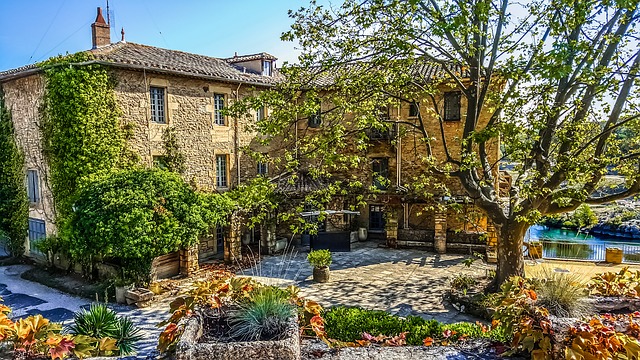Introduction
Foreclosure is a distressing situation that many homeowners in California may face. However, there are steps you can take to stop foreclosure and potentially save your home. In this article, we will explore various strategies and resources available to help you prevent foreclosure in California.
Understanding the Foreclosure Process in California
Before delving into the ways to stop foreclosure, it is important to have a clear understanding of the foreclosure process in California. In California, foreclosure typically occurs through a non-judicial process, which means it does not involve court intervention. The process begins with the lender recording a Notice of Default (NOD) after the borrower has missed several mortgage payments. This NOD initiates a 90-day reinstatement period, during which the borrower can bring the loan current by paying the overdue amount. If the borrower fails to reinstate the loan, a Notice of Trustee Sale (NTS) is recorded, and the property is scheduled for auction.
Options to Stop Foreclosure
Loan Modification: One option to stop foreclosure is to apply for a loan modification. This involves negotiating with your lender to modify the terms of your mortgage, such as reducing the interest rate or extending the loan term. Loan modifications can help make your monthly payments more affordable and prevent foreclosure.
Forbearance: If you are facing temporary financial hardship, you may be eligible for a forbearance agreement. This allows you to temporarily suspend or reduce your mortgage payments for a specific period. Once the forbearance period ends, you can resume making regular payments.
Repayment Plan: Another option is to work out a repayment plan with your lender. This involves spreading out the missed payments over a certain period, allowing you to catch up on the overdue amount gradually while making your regular mortgage payments.
Short Sale: If you are unable to afford your mortgage payments and want to avoid foreclosure, you may consider a short sale. In a short sale, you sell your home for less than the outstanding mortgage balance with the approval of your lender. While this will result in the loss of your home, it can help you avoid the negative impact of foreclosure on your credit.
Deed in Lieu of Foreclosure: A deed in lieu of foreclosure is an agreement between the borrower and the lender where the borrower voluntarily transfers the property’s ownership to the lender to avoid foreclosure. This option can be pursued if other alternatives have been exhausted.
Seeking Assistance from Housing Counseling Agencies
If you are unsure about the best course of action or need guidance throughout the foreclosure process, it is advisable to seek assistance from housing counseling agencies. These agencies provide free or low-cost counseling services to homeowners facing foreclosure. They can help you understand your options, negotiate with your lender, and develop a plan to stop foreclosure.
Legal Assistance
In some cases, seeking legal assistance may be necessary to stop foreclosure. An attorney experienced in foreclosure defense can review your situation, identify any potential legal issues, and represent you in negotiations with your lender. Legal professionals can also help you explore legal remedies, such as filing for bankruptcy, which may temporarily halt the foreclosure process.
Conclusion
Facing foreclosure in California can be overwhelming, but there are options available to help you stop foreclosure and potentially save your home. Whether through loan modifications, forbearance agreements, repayment plans, short sales, or deeds in lieu of foreclosure, it is crucial to take action promptly. Seeking assistance from housing counseling agencies or legal professionals can provide valuable guidance and support throughout the process.
References
– California Department of Real Estate: www.dre.ca.gov
– U.S. Department of Housing and Urban Development: www.hud.gov
– California Housing Finance Agency: www.calhfa.ca.gov
– Consumer Financial Protection Bureau: www.consumerfinance.gov













